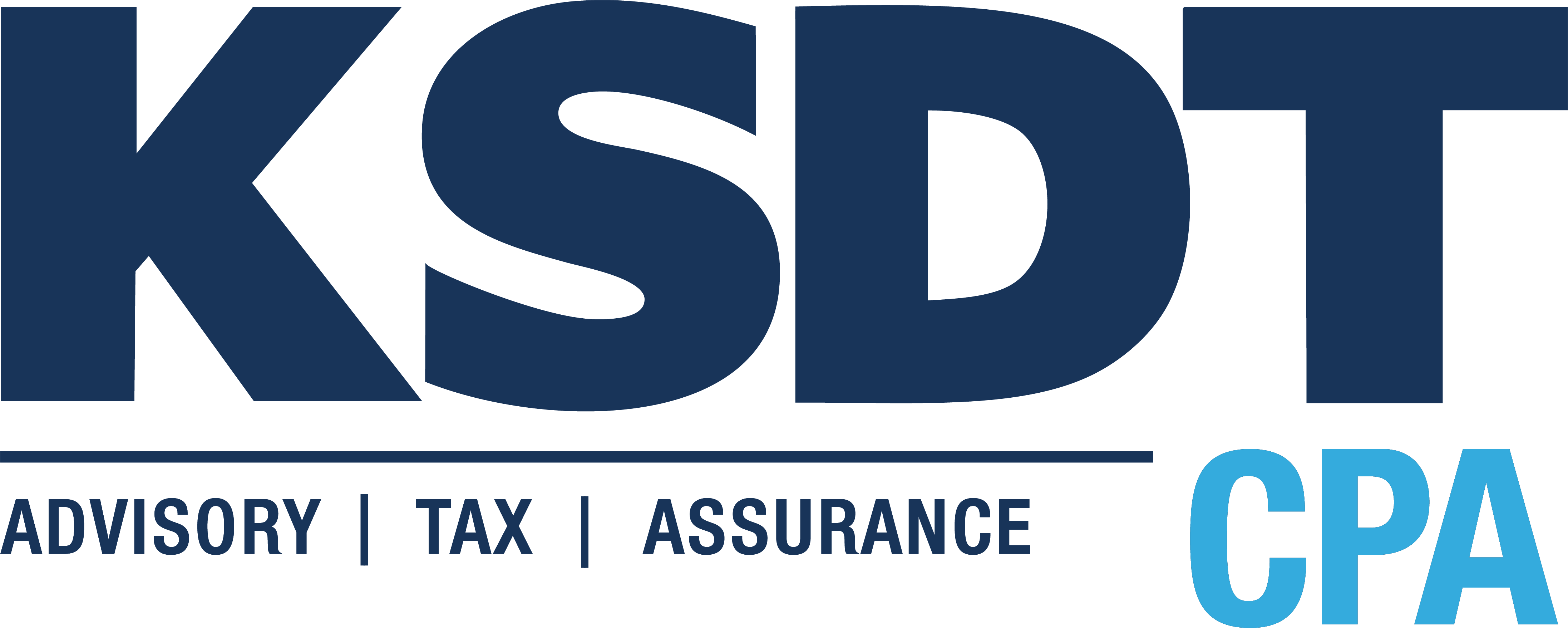Events of the last decade have taught us that tax law is anything but certain. So how can young, affluent people plan their estates when the tax landscape may look dramatically different 20, 30 or 40 years from now — or even a few months from now? The answer is by taking a flexible approach that allows you to hedge your bets.
Conflicting strategies
Many traditional estate planning techniques evolved during a time when the gift and estate tax exemption was relatively low and the top estate tax rate was substantially higher than the top income tax rate. Under those circumstances, it usually made sense to remove assets from the estate early to shield future asset appreciation from estate taxes.
Today, the exemption has climbed to $10 million, indexed annually for inflation ($11.7 million for 2021) and the top gift and estate tax rate (40%) is roughly the same as the top income tax rate (37%). If the gift and estate tax regime remains the same and your estate’s worth is within the exemption amount, estate tax isn’t a concern and there’s no gift and estate tax benefit to making lifetime gifts.
But there may be a big income tax advantage to keeping assets in your estate: Under current law, the basis of assets transferred at death is stepped up to their current fair market value, so beneficiaries can turn around and sell them without generating capital gains tax liability.
Unpredictable future
For young and affluent people, designing an estate plan is a challenge because it’s difficult to predict what the estate and income tax laws will look like — and what their own net worth will be — decades from now. If you believe that the value of your estate will remain lower than the exemption amount, then it may make sense to hold on to your assets and transfer them at death so your children can potentially enjoy the income tax benefits of a stepped-up basis.
But what if your wealth grows beyond the exemption amount so that estate taxes become a concern again? Or what if the exemption goes down? Indeed, Congress is currently considering legislation that would halve the gift and estate tax exemption to $5 million, indexed annually for inflation (which likely would be somewhere around $6 million for 2022). If that happens, you may have to remove assets from your estate to ease estate tax liability.
Or what if the step-up in basis rules change, reducing or eliminating the income tax benefits of holding assets until death? Major changes to the rules had been proposed earlier this year. These changes aren’t included in the latest version of the legislation, but they could be proposed again in the future.
Building flexibility into your plan
A carefully designed trust can make it possible to remove assets from your estate now, while giving the trustee the authority to force the assets back into your estate if that turns out to be the better strategy. This allows you to shield decades of appreciation from estate tax while retaining the option to include the assets in your estate should income tax savings become a priority.
For the technique to work, the trust must be irrevocable, the grantor (you) must retain no control over the trust assets (including the ability to remove and replace the trustee), and the trustee should have absolute discretion over distributions.
This trust type offers welcome flexibility, but it’s not risk-free. Contact us for more information.
© 2021
How Can We Help?
Call or email our team today
KSDT CPA is ready to navigate the process with you. Fill out the form below and our team will contact you shortly.


